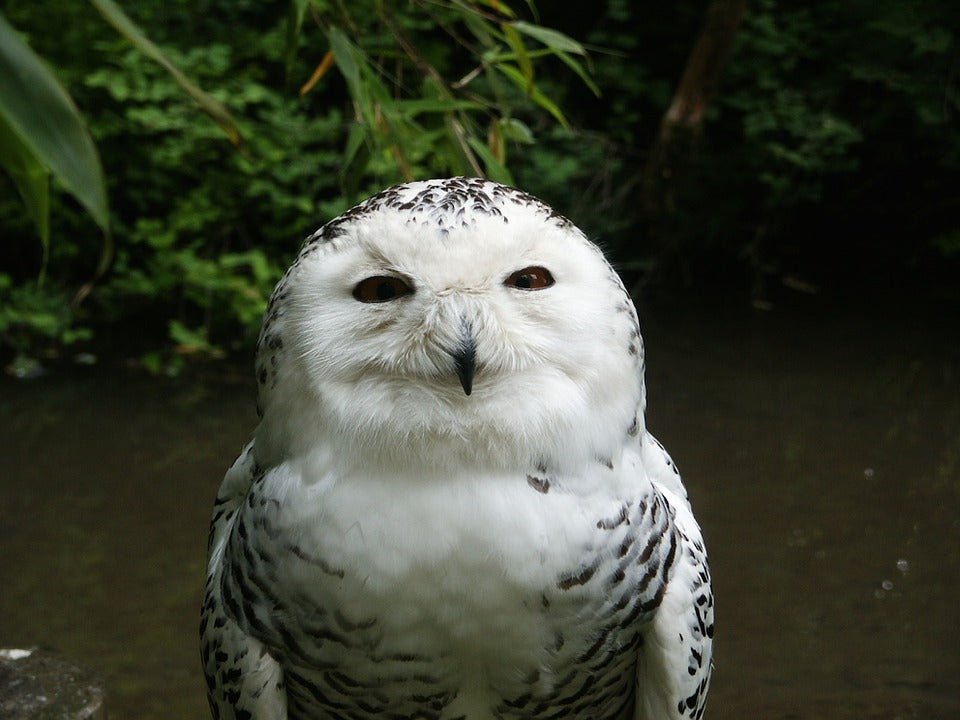Offer
Provide additional details about the offer you're running.
This store requires javascript to be enabled for some features to work correctly.
Provide additional details about the offer you're running.
Provide additional details about the offer you're running.

It might only be the middle of August, but for those of us looking ahead to the fall migration and to the winter months, one species can’t help but come to mind. The past couple of years have yielded tremendous sighting opportunities for snowy owls throughout Canada and the northern United States.
While we hope to catch a glimpse of them during the winter months, it always helps to learn a little more about the species to help you spot one in the field. Here we have put together a number of fun facts about the snowy owl for some warm summer reading before you brave the cold to catch a glimpse of one of these beautiful creatures this winter.
They Are Not Nocturnal
A big difference between the snowy owl and many other owls is that the snowy owl is not a nocturnal bird. These birds spend their breeding and nesting periods in the Arctic during the summer months where they experience constant daylight and have become accustomed to this environment.
They Are North America’s Heaviest Owl
The frigid Arctic temperatures require the proper plumage and the snowy owl is equipped with very thick feathers to insulate themselves. Their plumage adds extra weight that, on average, makes it the heaviest owl in North America.
Their Young Travel Great Lengths
Their young can disperse to remarkable distances. For example, one snowy owl nest on Victoria Island produced three owls each ending up in a different location. The first young own ended up in Hudson Bay, the other to southeastern Ontario and the third landed on the eastern coast of Russia!
They Love Lemmings
While they will feast on small mammals like small rodents and hares, an adult snowy owl will also consume up to five lemmings each and every day. That works out to about 1600 lemmings a year!
High Quality Blend
Discover expert tips on attracting and caring for birds in your backyard with Bob and Louise from Gilligallou Bird. Learn about...
Holiday gift giving made easy! Give the joy of backyard bring this holiday season with our Gift Guide.
How the ongoing Canadian wildfires are endangering bird populations in a record breaking wildfire season.

